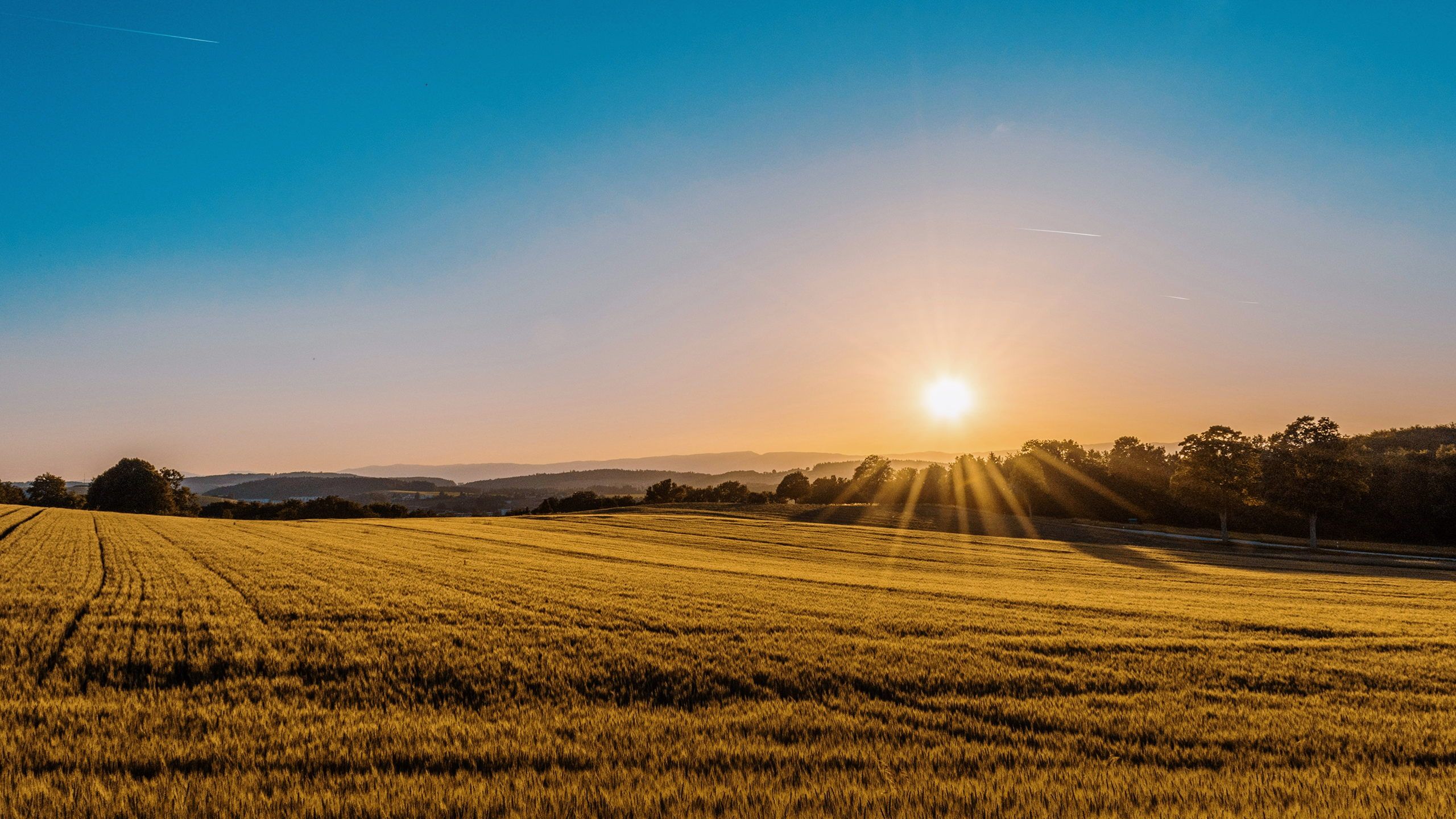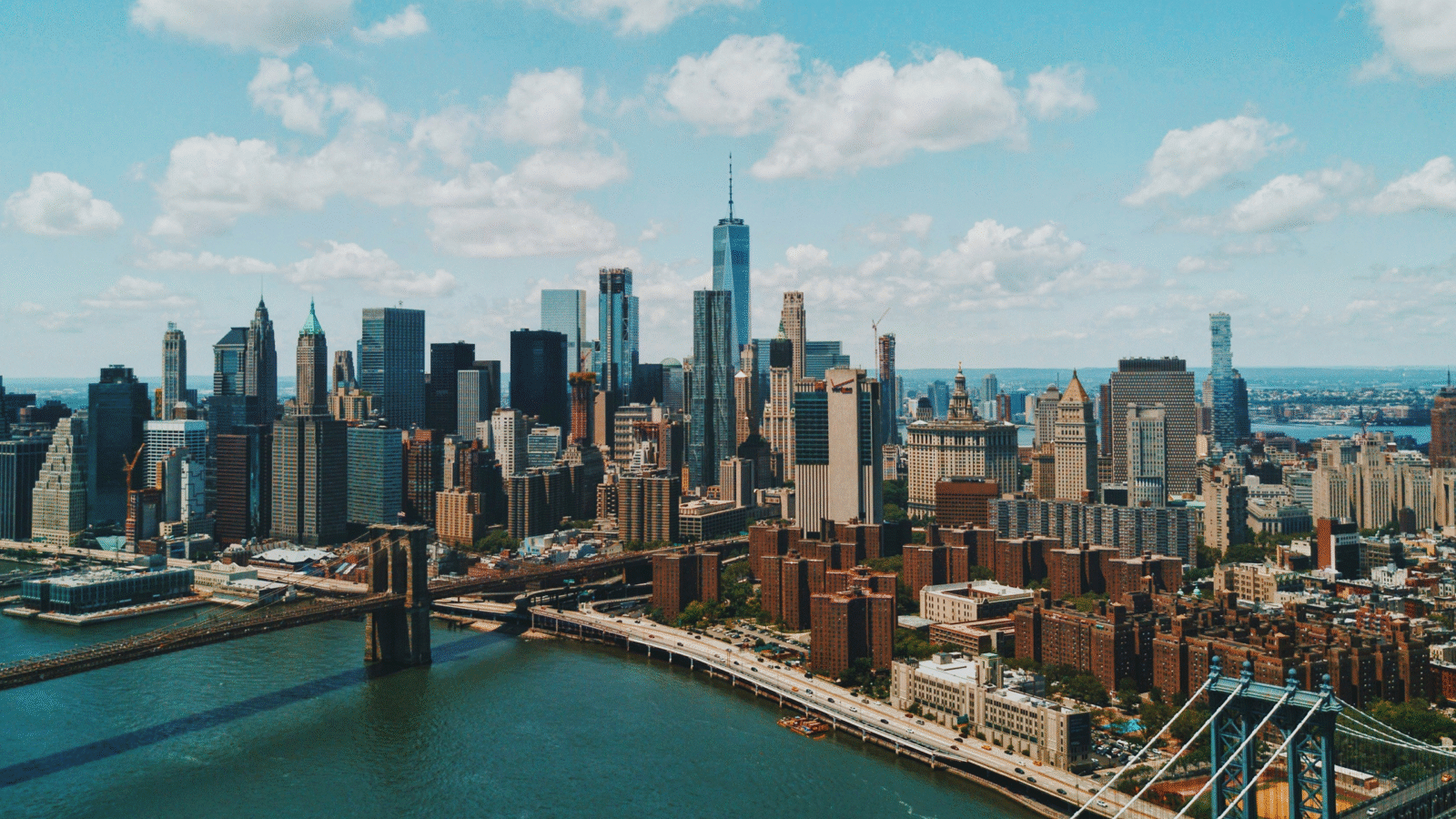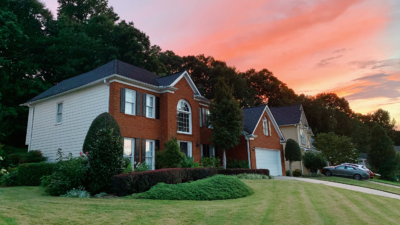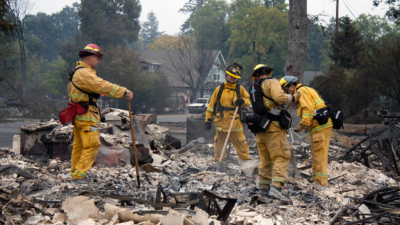Investment Groups Are Scoring Big on US Farmland
The supply is fixed, so investors are pouring capital into land needed to produce more food than we ever have.

Sign up for smart news, insights, and analysis on the biggest financial stories of the day.
Wall Street types are discovering what American television viewers in the late ‘60s already knew: Green acres are the place to be.
Investors are pouring record amounts of capital into US farmland — and the bet is paying off, according to a Financial Times analysis of National Council of Real Estate Investment Fiduciaries (NCREIF) data.
Bet the Farm
The logic behind the sudden bucolic boom is pretty simple: the world’s population is rising, resources are becoming scarcer, climate change is eating away at arable lands, but people still need to eat. Ergo: farmland will only become more valuable. The rationale becomes even more clear when considering the (rather stark) numbers: According to UN estimates, the global population is set to increase about 20% by 2050, meaning 10 billion humans will need to be fed, requiring a 60% increase in food production.
Recent global crises have only fueled the rising value of farmland, with both the pandemic and Russia’s invasion of Ukraine shining a spotlight on the precarity of global food supply chains. Meanwhile, 2022’s rapid inflation and equities rout had many institutional investors looking to diversify their portfolios — with farmland proving a quick and reliable winner:
- Over the past three years, farmland owned by investment groups has seen its value double, per NCREIF data seen by the FT. In 2008, investment groups held about $1.8 billion in farmland, which increased to $7.8 billion by the end of 2020, and $16.6 billion by the end of 2023.
- Overall, the average value of US farmland has leaped from $1,270 per acre in 1997 to $5,460 per acre last year — an increase more than double the rate of inflation over the same period.
“If you have a long-term view of the world, owning quality land, with access to water is a good place to be,” Antoine Bisson-McLernon, CEO of Fiera Capital subsidiary Fiera Comox, told the FT. Fiera Capital manages roughly $2 billion in agricultural assets.
Foreign Farm System: US investors aren’t the only ones fancying farmland. According to a US Department of Agriculture study published in December, ownership of US farmland by foreign entities increased by more than 8% in 2022. While that brings total foreign ownership to just 43 million acres, or about 3.4% of the country’s overall farmland, it’s still enough to spark concerns over national security risks in Washington. But even with investors both at home and abroad pouring into the space, more than 90% of US farmland is still owned by individual families, according to the USDA. Meanwhile, the average age of the American farmer is 58. We really hope their kids are happy to take over the family business.











